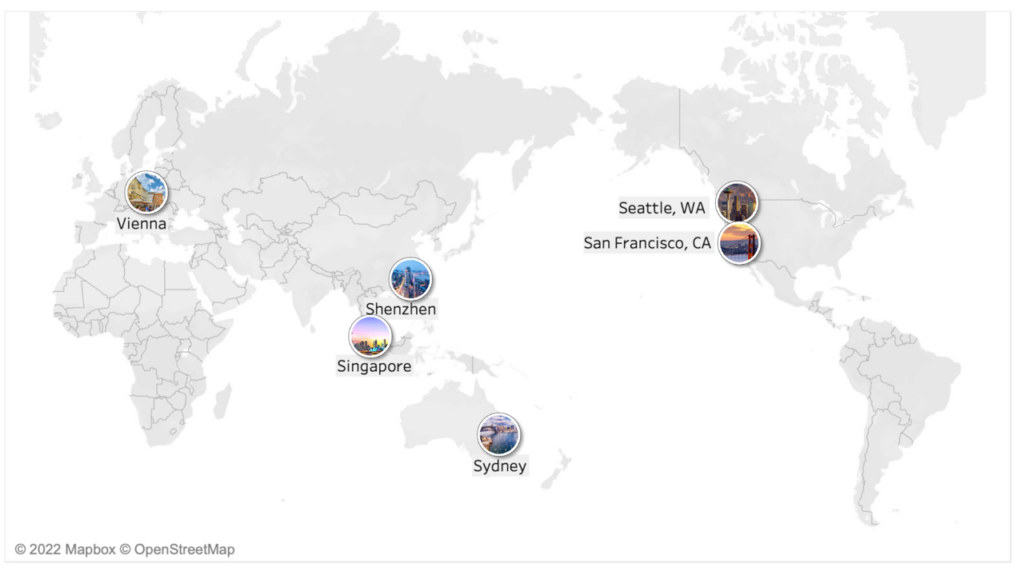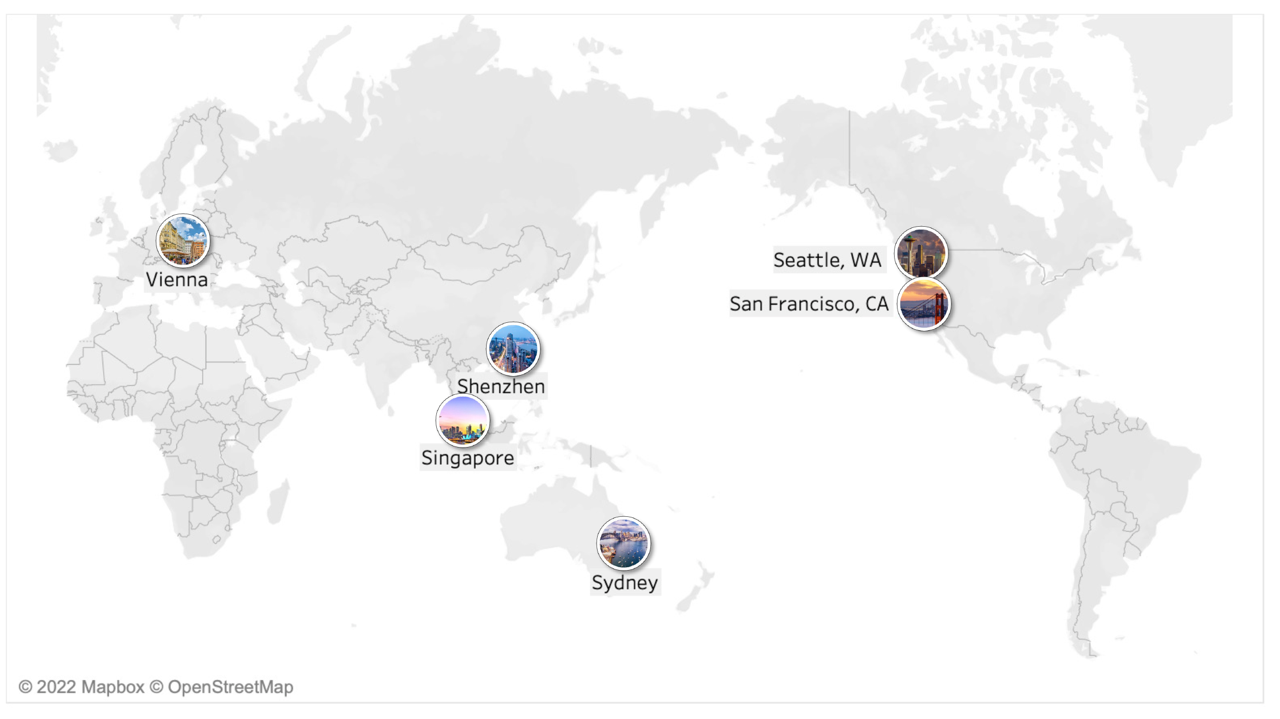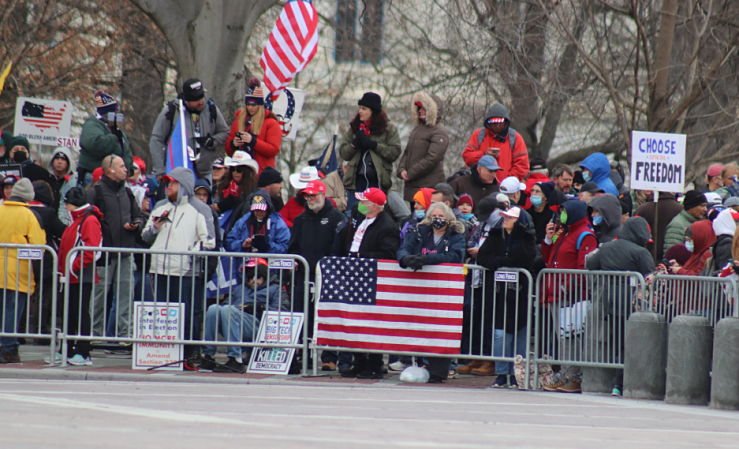Special Collection on ‘Civic Life of Cities’ Puts Civil Society Organizations in Their Place

Courtesy of the University of California Press, the special collection of Global Perspectives is openly accessible until the end of July 2022.
One of the ironies of social science publishing is that, despite frequent references to “American exceptionalism,” there is rarely a need to justify the United States as a setting in many leading journals. As sociologists and organization scholars, we know that many concepts devised in the US either differ in meaning (e.g., what is scholarly impact) or might not be applicable (e.g., the central role of philanthropy in developing public policies) outside the United States. In fact, there is significant pressure for scholars of such regions as Latin America, East Asia, or Africa to justify their setting and how it generalizes to other areas of interest to scholars of the Global North and West. This summer, we published a series of articles from a co-produced multi-place research project in six cities worldwide in the journal Global Perspectives to bring a new angle to this problem.
Comparative work has been among the most fruitful for testing different social science theories. In the field of civil society research, for instance, scholars have often examined government failure theory—the idea that nonprofits are more plentiful where authorities are unable to serve the full spectrum of needs—by comparing states and nations. The arguably most impactful research project for defining nonprofit organizations was a comparative study of national nonprofit sectors led by Helmut Anheier and Lester Salamon in the 1990s. Closer to the ground, the comparative case method has also been generative for understanding persistent performance differences among seemingly similar organizations. Work comparing hospitals by Kate Kellogg, and neighborhoods by Robert Sampson or Eric Klinenberg, provide illuminating examples of the power of comparing sites.
Comparing the civic life of cities
In this spirit, we designed a research project meant to provide a reality check on some now-common understandings of organizational and social dynamics developed in the Global North. In our introductory essay to the special collection titled “Capturing the Civic Life of Cities,” we ask: “In a wired world, how do social interactions among organizations and people continue to define civil society?” Our work investigates the civic life of cities, which has seen significant transformations with digitalization and globalization since the 1990s heyday of “big theories” of civil society. These transformations have seriously called into question whether the dynamics of civil society organizations—often developed in the US context—still apply. During our data collection over the past three years, civil society was further shocked by both political upheavals and a global pandemic. Nonetheless, in light of the many examples where civil society organizations have stepped up to meet pressing new needs, we conclude that:
“Civil society organizations are rooted in place through their people, practices, and partnerships. During the storm of the pandemic, these roots may have grown deeper and found new ways of invigorating cities.”
Six exploratory articles that draw on more than 1,400 surveys and in-depth interviews with executive directors of organizations in cities around the world support this conclusion. Our collaborators report on the paradox of the utopian ideals of the technology industry in the context of striking poverty in the San Francisco Bay Area, the crowdfunding and other forms of innovative deviance in the rule-bound city-state of Singapore, and the challenges of “shifting sands” as the market encroaches on and government recedes from civil society in Sydney. Others show the imprint of history in the development of civil society organizations in relation to the state in Vienna, the many ways by which highly professionalized nonprofits still interact with local communities in Seattle’s Puget Sound, and how Shenzhen’s local government seeks to simultaneously control the sector and promote social innovation to show off its successes to the world.
Broadening the scope
As a middle ground between nations and organizations, the city provides a meaningful level of analysis for studying social impact and its conditions. Through the comparative nature of studying concepts in their place-based context, we can theorize conditions under which certain relationships hold true. Examining how organizational concepts such as impact are understood in different places allows one to explore heterogeneity among seemingly homogeneous institutions and practices. Repeating comparable observations in different places, and over time, is the bedrock of developing and testing social theories. It also affords a reality check about long-held beliefs about core concepts of organizational scholarship.
We hope for many theoretical contributions from this work in the future, and we anticipate many fruitful collaborations with young scholars looking for data to explore their ideas. More importantly, we did the critical work of building a research infrastructure among notably different cities. Although our international research team spans three continents, many vital areas around the world are not represented in our study. In the future, we hope that local teams of researchers will be able to independently use our methods and add their cities to a growing stock of knowledge about local nonprofit sectors.
Special Collection: The Civic Lives of Cities Around the World
Global Perspectives, University of California Press
by Civic Life of Cities Lab, Stanford Center on Philanthropy and Civil Society
Drawing on original research done in six cities — San Francisco, Seattle, Shenzhen, Singapore, Sydney, and Vienna, we examine how formal civil society organizations contribute to the vitality of urban life. Although our cities vary in political, economic, and social regimes, we find robust contributions being made by nonprofit organizations, even amidst a global pandemic.
Table of Contents
“Capturing the Civic Lives of Cities: An Organizational, Place-Based Perspective on Civil Society in Global Cities” | by Christof Brandner and Walter W. Powell
“San Francisco Bay Area: A Left Coast Metropolis Grapples with Technocracy and Inequality” | by Krystal Laryea, Yi Zhao, Walter W. Powell
“Resilient but Frayed: The Civic Threads of the Puget Sound Nonprofit Sector” | by David Suarez, Gowun Park
“Dance with Glauthoritarian Urbanization: An Entrepreneurial Megacity in the Making through the Lenses of Civic Organizations” | by Yan Long, Wei Luo
“Innovative Deviance in a Rule-Bound City-State” | by Wayne Yeo, Ling Han, Winnie Jiang, Nitin Natrajan
“Shifting Sands: The Institutional Embeddedness of the Sydney Nonprofit Sector and its Relation to the State, Market, and Civil Society” | by Hokyu Hwang, Danielle Logue
“Toward a Better Understanding of Social Origins Theory: A Historical Narrative of Vienna’s Civil Society Organizations” | by Florentine Maier, Michael Meyer, Berta Terzieva































































































